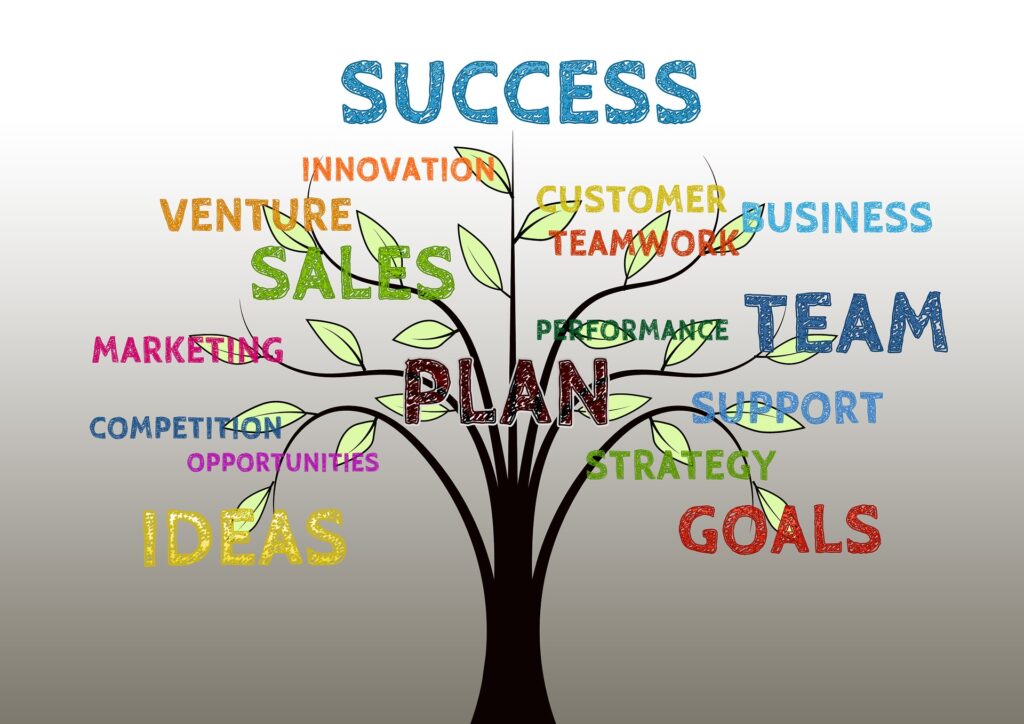What If Your Customers Aren’t Just Your Customers?
When we think of market research, most people picture customer surveys, Net Promoter Scores, or focus groups. That’s a solid start, but it’s only one piece of the puzzle.
Every business is part of a wider ecosystem, and insights don’t just come from the people buying from you. They come from the people working with you, partnering with you, competing with you, even from those simply watching from the sidelines.
Yet so often, we limit research to “what do our customers think?” and miss what our team knows, what our suppliers see, or what our competitors are saying without realising.
If you’re only asking one part of your ecosystem for input, you’re likely missing vital context. In fact, some of the most game-changing feedback comes from places you might not expect.
This series explores five underused sources of insight: your employees, your stakeholders, your suppliers, your sector, and your distribution channels. You’ll find practical ways to engage each group, better questions to ask, and fresh ideas for turning feedback into fuel for growth.
Your Team Knows More Than You Think
Your team are in the thick of it every day. They see what customers experience, where processes break down, and how decisions play out on the ground. And they usually have strong opinions, whether they voice them or not.
But here’s the issue: organisations need to make it easy for people to share honest feedback. Either they don’t ask at all, or they only ask once a year and file the results away.
When feedback becomes part of the culture, through short surveys, drop-in chats, or even a digital ‘suggestion box’, you build a habit of learning. You show people their ideas matter. And in return, you uncover issues early, boost morale, and often spark innovation.
Some of your best process improvements or product tweaks could already be sitting in someone’s notebook or Slack message. You just haven’t asked.
Don’t Just Report to Stakeholders, Listen to Them
Stakeholders, whether that’s board members, investors, or key strategic partners, often bring deep experience, long-term thinking, and a lot of influence. But too often, the flow of communication is one-way. We send updates. We give reports. We assume alignment.
But what if you flipped it and treated stakeholders like a research audience?
Structured interviews, alignment sessions, and short feedback check-ins can reveal what they really care about, and what might be causing quiet concern. Their input can shine a light on emerging risks, test your assumptions, and ensure your strategic direction stays clear.
When stakeholders feel heard, they’re not just passive observers. They become champions, allies, and supporters, especially when times get tough.
Suppliers: Your External Eyes and Ears
Suppliers are often the first to see when something starts to slip, long before the problem becomes public.
Maybe it’s delays, miscommunications, or unclear expectations. Or maybe it’s opportunities: a better way to package a product, a more efficient process, or an insight into what others in your sector are doing differently.
Strong supplier relationships go far beyond contract terms and KPIs. When you invite open dialogue, whether through performance reviews, co-planning sessions, or informal check-ins, you create space for shared problem-solving.
Your suppliers want you to succeed. It’s in their best interest. So don’t just audit them, listen to them.
Learn from your sector, Without Playing Copycat
It’s natural to keep one eye on your sector. But there’s a difference between watching nervously and watching strategically.
What’s working well for them? Where are they getting stuck? What are customers saying in their reviews or comments? What’s changing in how they position themselves?
When you treat your sector as a source of learning, not imitation, you gain clarity about your own positioning. You start to see gaps they’re not filling or audiences they’re neglecting.
The aim isn’t to react. It’s to reflect: What makes us meaningfully different? And how can we double down on that?
Don’t Overlook the Gatekeepers
The moment your product or service leaves your business; it enters someone else’s hands. Distributors, resellers, platforms, influencers, all of them shape what happens next.
And yet, these “middlemen” can be left out of research completely.
Their insights are practical and immediate: what’s easy to sell and what’s not, which features get attention, what customer objections keep popping up, and where things go wrong.
Make time for joint reviews. Ask them what’s shifting. Explore how you can better equip them to represent your brand well.
A stronger route to market isn’t just about logistics. It’s about communication, relationships, and shared goals.
Pulling It All Together
When you start gathering insight from across your ecosystem, something changes. You stop reacting to problems and start spotting them early. You make fewer assumptions and better decisions.
Feedback becomes a system, not a one-off task. And the clarity you gain from that bigger picture helps you lead with confidence.
To help you get started, we’ve created a simple checklist. It’ll help you map out where your feedback is coming from now, where the gaps are, and how to build a fuller, more joined-up research approach.
Because the more voices you hear, the better you understand your business, and the easier it becomes to grow the right way.











